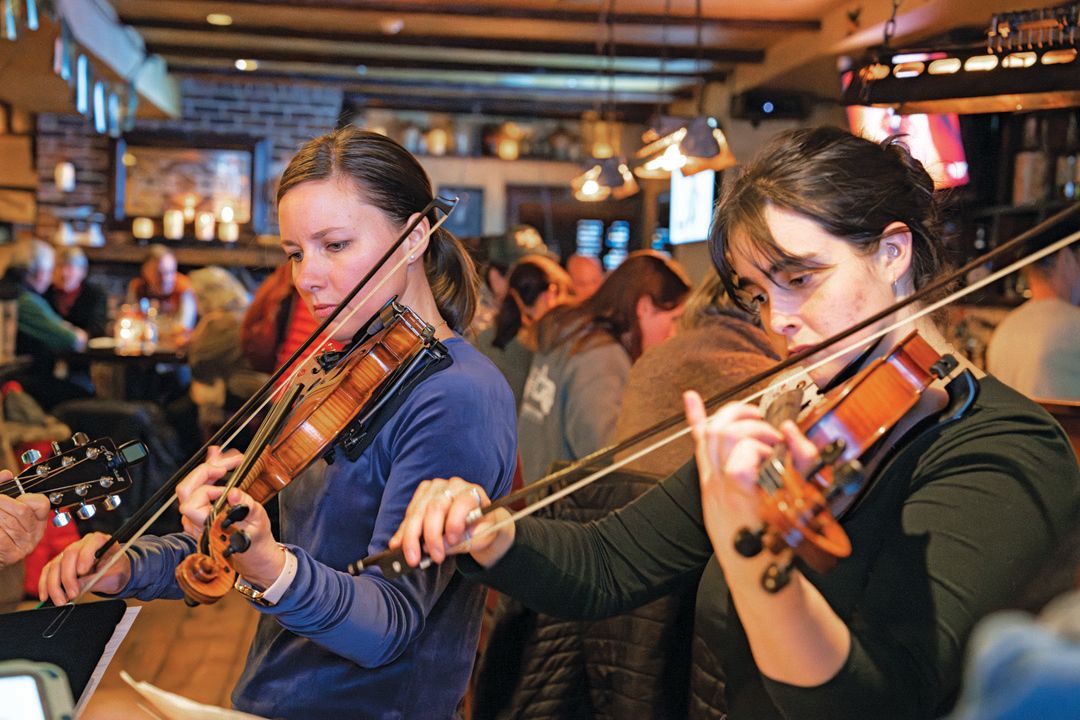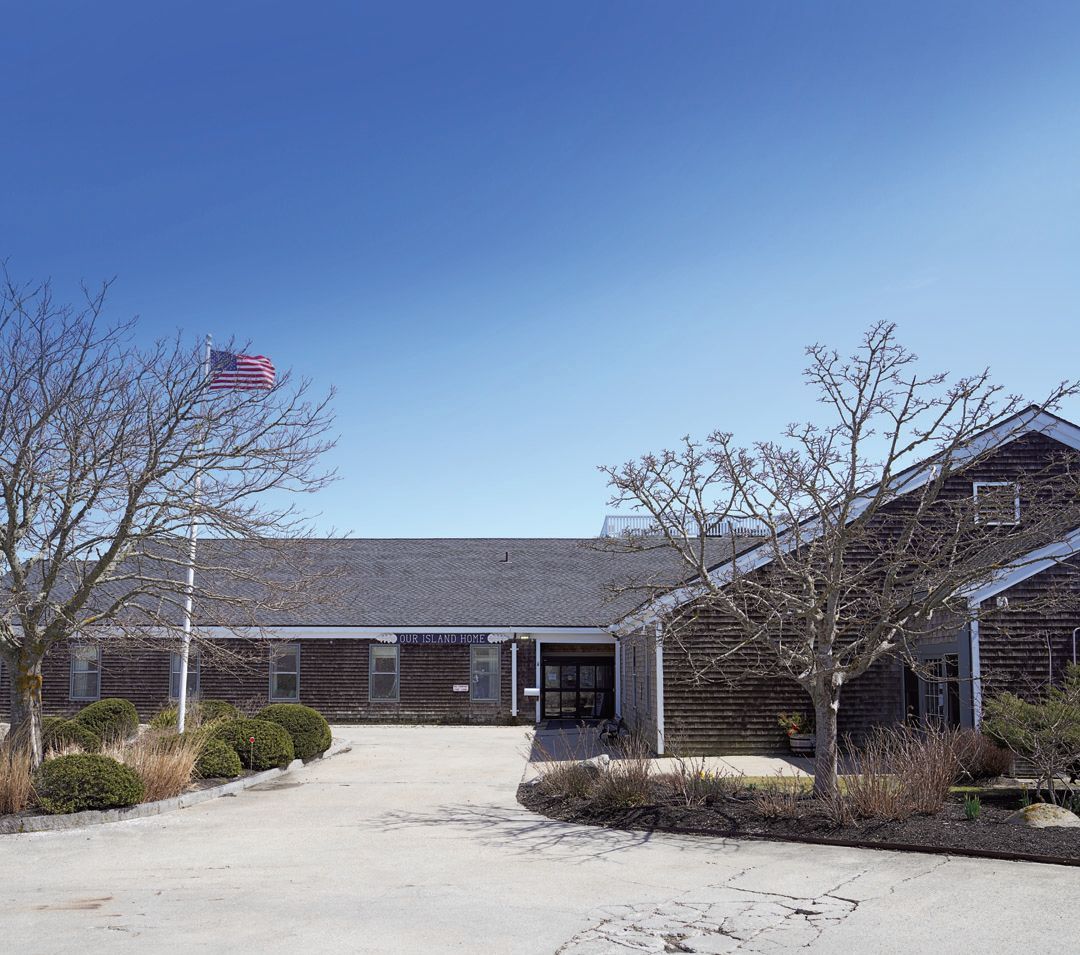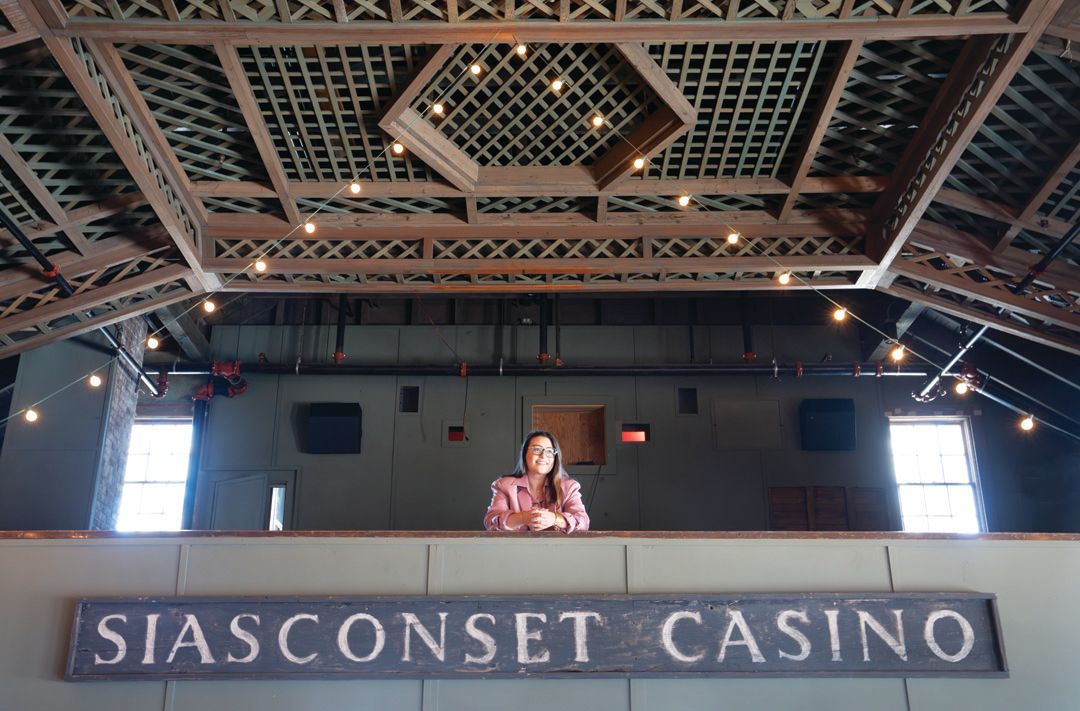Finding a Rare Connection
Written by Antonia DePace
Photography by Kit Noble
From London to Nantucket: the Journey of a Unique Antique Weathervane

Twenty-five years ago, well-known British and European folk art dealer Robert Young published a book titled Folk Art that celebrated the artistry of often untrained craftsmen and women who relied more on their ingenuity than their formal art education.
The book, which covered folk art across the European continent, included a unique weathervane from the mid-19th century that caught the eye of Nantucket summer resident Arie Kopelman. Made from sheet iron, the weathervane featured a fish with a cross, as well as a two-fold heart detail—a large heart cut out from the center of the fish with a silhouette of the same shape at the top. He considered it one of the most interesting weathervanes he had ever seen. And after serving as the chair of the New York City Winter Antiques Show for nearly 25 years, as well as president of Chanel from 1986 to 2004 and former president of the Nantucket Historical Association, Kopelman is a person with impressive bona fides in the art world. With a keen eye for style and aesthetics, Kopelman saw something in this weathervane that intensified his interest.
It would have taken a blacksmith only a couple of days to make the piece before mounting it onto the ferrous metal base. The symbol of the fish itself has two meanings: It pointed toward the church and God in earlier time periods but also represented coastal town life in the late 19th century. According to Young, the weathervane was likely intended for a fishermen’s chapel, although without knowing the exact building it came from, it’s impossible to ever know for sure. “It was wonderfully authentic. It had a weighted face, which they have to have in order to point in the wind,” Young adds. “It had a naturally weathered surface, slightly more on one side than the other. And it’s just such a wonderful graphic shape.”
So how did this weathervane, out of all places, end up on Nantucket? While Young isn’t surprised (he sends at least three to four pieces of folk art to the island from his New York City gallery every year), he himself had sold it to a collector in London. From there, it somehow made it to one of Sylvia’s clients, who had it styled in his Nantucket home.
Despite keeping his eyes peeled at every antique show and asking dealers if they had seen it, Kopelman wouldn’t come across the actual antique until nearly a decade later—at Sylvia Antiques on Nantucket. John Sylvia is the third-generation owner of the gallery, which opened in 1927 and is known for its collection of lightship baskets. On a visit to the dealer early in the summer of 2014, Kopelman was searching through the upstairs room of treasures that were yet to be displayed. “Here I see this thing and I couldn’t believe my eyes,” he says. “I must say I was very excited, especially after a 10-year-plus quest.”






